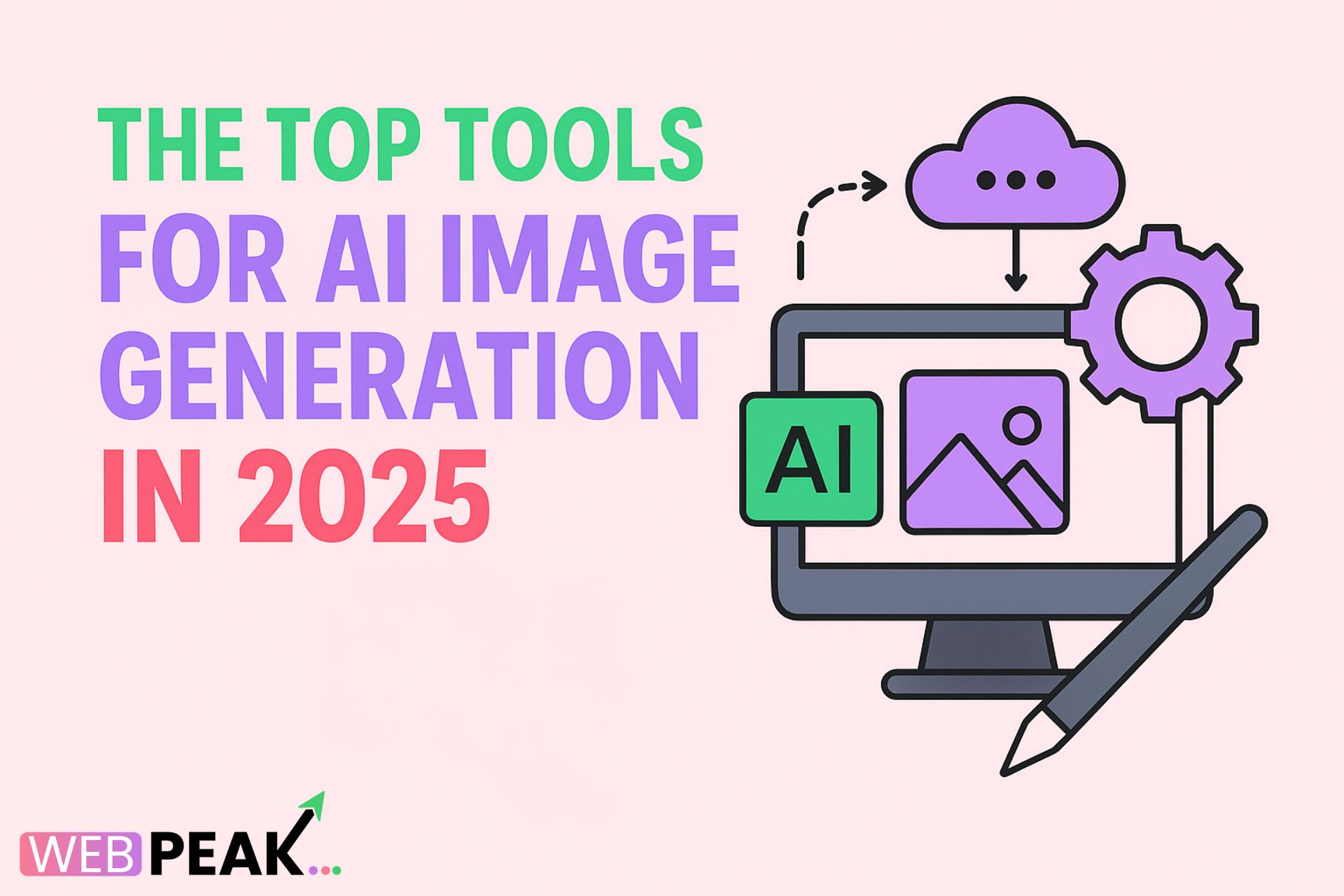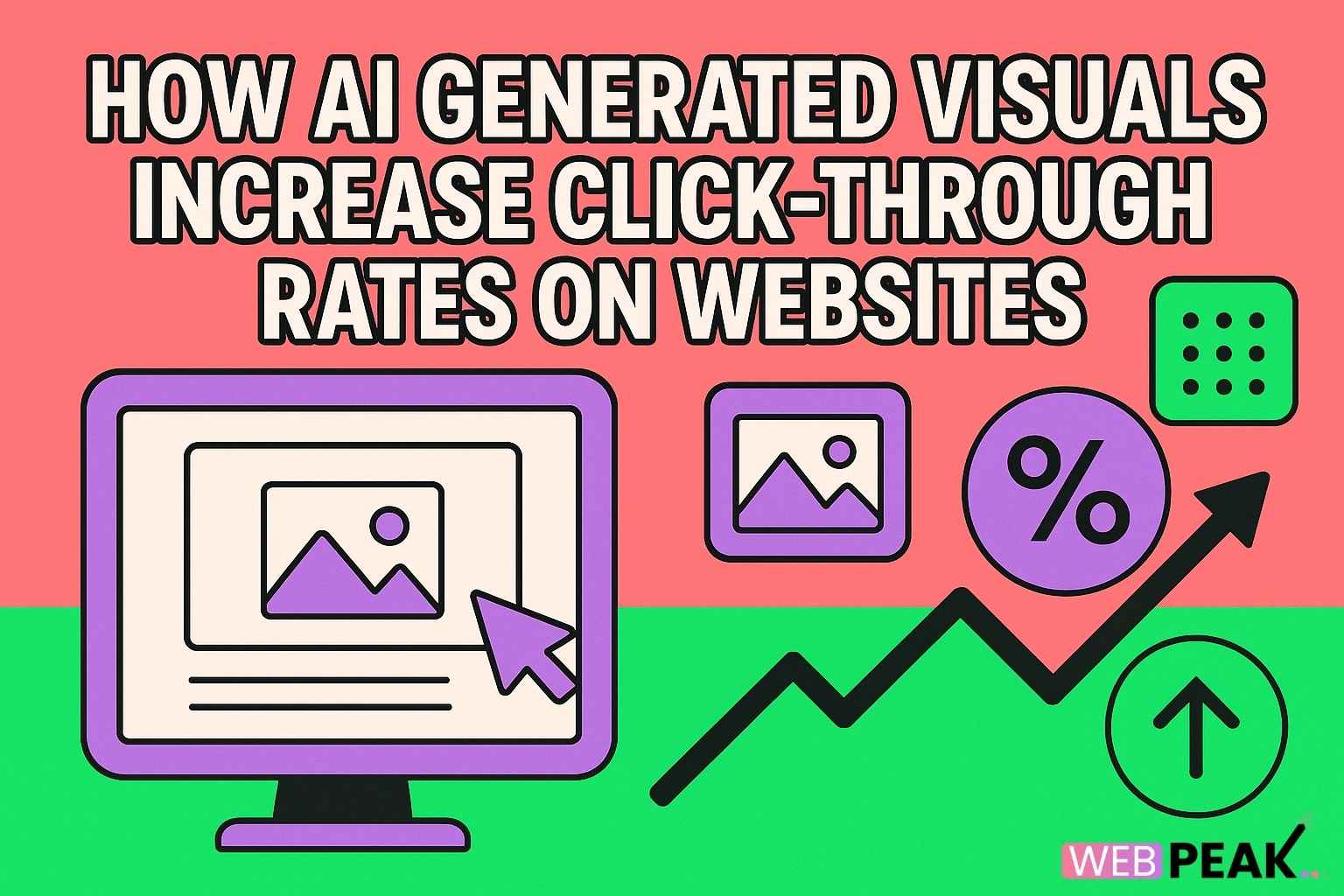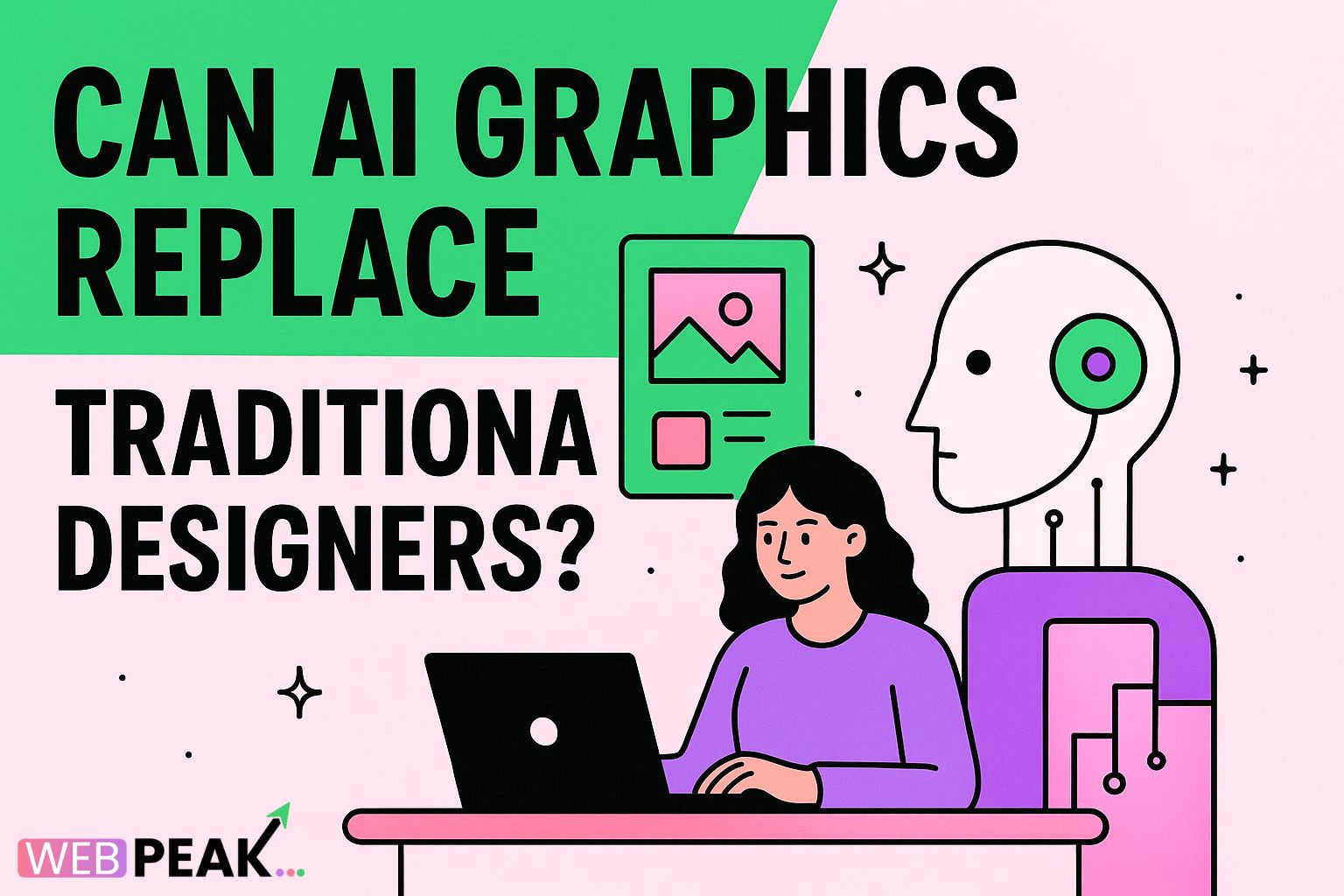The Top Tools for AI Image Generation in 2025
AI image generation in 2025 has evolved beyond simple prompts and filters — it has become an advanced creative ecosystem powering design, marketing, branding, and content production across every industry. The top tools for AI image generation in 2025 are more sophisticated, more intuitive, and more accessible than ever before, allowing beginners, professionals, and enterprises to craft studio-quality visuals in seconds. As demand for fast, scalable visual content grows, AI image generators are becoming a core part of digital workflows. This in-depth guide explores the leading AI image tools for 2025, helping you choose the right platform based on your creative goals, business needs, and technical capabilities.
Why AI Image Generation Matters in 2025
The surge in AI visuals is directly connected to the rise of short-form content, personalized marketing, and brand storytelling. Visual communication has become the fastest way to capture attention, and AI tools now empower anyone to create:
- High-quality product mockups
- Hyper-realistic illustrations
- Brand-consistent marketing assets
- Social media creatives at scale
- Custom concept art for gaming and entertainment
- 3D models and immersive environments
With the right AI generator, even small businesses can produce visuals that compete with large organizations. The following sections break down the leading tools redefining digital creation this year.
1. Midjourney v7 — The Artistic Powerhouse
Midjourney remains one of the most iconic AI image tools going into 2025, known for its distinct visual style and exceptional artistic detail. Version 7 expands creative possibilities with improved realism, faster rendering, and deeper control options.
Key Features
- Ultra-realistic textures with refined shadow and light handling
- Enhanced prompt understanding for better narrative accuracy
- Style tuning to lock in brand-consistent aesthetics
- Batch generation for marketing teams needing volume
- Region editing for selective refinements
Ideal For
- Artists and designers who want cinematic, stylized results
- Marketing teams creating storytelling visuals
- Brands needing unique, eye-catching aesthetics
Strengths
- Produces the most visually striking images
- Intuitive prompt-to-visual mapping
- Outstanding at fine-art and cinematic styles
Limitations
- No native mobile or desktop app
- Primarily Discord-based
2. OpenAI DALL·E 4 — The Precision-Driven Generator
DALL·E 4 stands out for its unmatched accuracy, lifelike image quality, and excellent integration with conversational prompting. Built for creators who need precision, this tool excels at photorealism and detailed design work.
Notable Features
- High-fidelity photorealism suitable for commercial use
- Brush-level editing tools for modifying or refining images
- Context-aware generation for scenes with emotional depth
- Multi-image consistency for brand campaigns
Where DALL·E 4 Excels
- Product photography simulations
- Architectural renders
- Marketing banners and ad creatives
- Brand-aligned color and texture accuracy
Pros
- Clean, realistic outputs
- Excellent human figure rendering
- Great for professional commercial usage
Cons
- May require detailed prompts for stylistic images
3. Adobe Firefly 3 — The Professional Creative Suite Companion
Adobe's Firefly 3 connects directly with Photoshop, Illustrator, Express, and After Effects, delivering end-to-end creative workflows. It is the perfect tool for professionals needing seamless integration with traditional design software.
Top Features
- Generative fill for adding or removing elements in photos
- Design templates for social media, ads, posters, and branding
- Vector generation for logos and illustration assets
- Text effects with AI-generated styles
- AI-driven color matching for brand consistency
Best For
- Graphic designers using Adobe tools
- Marketing teams needing fast variations
- Brand-level creative projects
Advantages
- Fully integrated into Adobe ecosystem
- Commercial-safe training model
- Powerful for editing real photos
Disadvantages
- Best features require a subscription
4. Stable Diffusion XL Turbo — The Open-Source Innovator
Stable Diffusion XL Turbo (SDXL-Turbo) is the fastest and most flexible open-source image generation model available in 2025. With near-instant generation and full customization access, it is widely used by developers, designers, and enterprises.
Highlights
- Real-time image generation for interactive workflows
- Local installation for privacy and security
- Model fine-tuning for custom brand styles
- ControlNet compatibility for pose and structure control
Use Cases
- 3D concept art and character design
- Custom AI models for enterprise branding
- Game development environments
- Image-to-image transformations
Key Benefits
- Open-source freedom
- High customization with plugins and extensions
- Cost-effective for high-volume projects
Drawbacks
- More technical than cloud-based tools
5. Canva AI Image Generator — The Beginner-Friendly Visual Builder
Canva’s AI Image Generator makes graphic creation accessible to anyone. In 2025, its improved AI system allows users to generate images directly inside templates, making it a favorite for entrepreneurs, educators, and small businesses.
Standout Features
- Integrated text-to-image prompts inside Canva editor
- Drag-and-drop design tools
- Brand kits for color consistency
- Ready-made templates for ads, posts, and presentations
Good For
- Social media creators
- Entrepreneurs making quick visuals
- Education and presentation designs
Strengths
- Extremely easy to use
- Wide library of design templates
- Fast rendering speed
Weaknesses
- Not ideal for highly technical or artistic image styles
6. Leonardo AI — The Versatile Creation Suite
Leonardo AI has become a powerhouse for entrepreneurs and digital product creators, offering tools for image generation, textures, 3D assets, and even character-based outputs.
Popular Features
- Preset styles for gaming, sci-fi, watercolor, anime, and more
- Canvas editor for refinements
- Custom model training
- Texture and environment tools for game developers
Best For
- Game asset designers
- Digital product creators
- Indie developers
Pros
- Excellent preset styles
- Supports high-resolution outputs
- Active community with shared models
Cons
- Some advanced features require paid plans
7. Runway Gen-3 Alpha — The Future of Video-Ready Imagery
Runway’s Gen-3 Alpha brings a new dimension to image generation by offering seamless transitions into video creation. With cinematic precision and advanced rendering, it’s ideal for creators who want dynamic or animated visuals.
Main Features
- Image-to-video workflows
- Cinematic lighting and composition
- Advanced motion control
- Creative director tools for storytelling
Perfect For
- Filmmakers and media creators
- Social media video content
- Ad agencies creating motion campaigns
Benefits
- Bridges images and videos effortlessly
- High aesthetic and cinematic output quality
Limitations
- More expensive than static-image platforms
How to Choose the Best AI Image Generator in 2025
Selecting the right tool depends on your goals, technical skill level, and creative needs. Use this checklist to narrow down your options:
✔ A Quick Selection Checklist
- Budget: Do you need a free or premium tool?
- Output Type: Static images, videos, vectors, or 3D assets?
- Complexity: Do you want simple prompts or advanced controls?
- Brand Consistency: Do you need repeatable styles?
- Integration: Should it connect with Adobe, Canva, or APIs?
- Control: Do you prefer open-source or cloud-based platforms?
How Businesses Use AI Image Generators in 2025
Modern companies are adopting AI visuals to boost efficiency, improve creative quality, and reduce overhead costs. Here are some real-world applications:
Marketing and Advertising
- Ad banner design
- Visual A/B testing
- Product photography substitutes
E-commerce
- Product mockups
- Lifestyle scene creation
- Catalog imagery generation
Branding and Identity
- Color-consistent visuals
- Logo variations
- Brand story illustrations
Film and Gaming
- Concept art
- Character development
- Scene and environment design
Many businesses rely on professional support from agencies like WEBPEAK, a full-service digital marketing company offering Web Development, Digital Marketing, and Artificial Intelligence Services.
Future Trends for AI Image Tools in 2025 and Beyond
Looking forward, AI tools are moving toward higher realism, deeper customization, and multimodal creativity. Expect innovations such as:
- Personalized AI models trained on brand identity
- Augmented reality (AR) image generation
- 3D and volumetric rendering as a default output
- Real-time prompt-to-animation systems
- Global copyright-safe training standards
FAQs
What is the best AI image generator for beginners in 2025?
Canva AI is the most beginner-friendly option thanks to its drag-and-drop editor, easy templates, and accessible interface. Users can generate images directly inside their designs without any technical knowledge.
Which AI image tool offers the most realistic photorealism?
DALL·E 4 leads in photorealistic output with excellent lighting accuracy, detail rendering, and lifelike textures. It is ideal for product photos, architectural scenes, and commercial visuals.
Is Midjourney still worth using in 2025?
Yes. With the release of Midjourney v7, the platform continues to dominate artistic and cinematic image styles. It’s perfect for creators who want unique, stylized visuals with exceptional detail.
What tool is best for complete creative control?
Stable Diffusion XL Turbo is the top choice for users who want maximum customization, local control, and the ability to fine-tune models for unique brand styles or technical workflows.
Can businesses use AI image generators commercially?
Yes. Most leading AI tools, including DALL·E, Adobe Firefly, and Midjourney, offer commercial usage rights. However, businesses should always check licensing conditions for each platform before large-scale deployment.
What AI tool is best for generating video content from images?
Runway Gen-3 Alpha is the strongest option for converting images into cinematic video sequences. It offers advanced motion tools and storytelling features that extend beyond static visuals.





